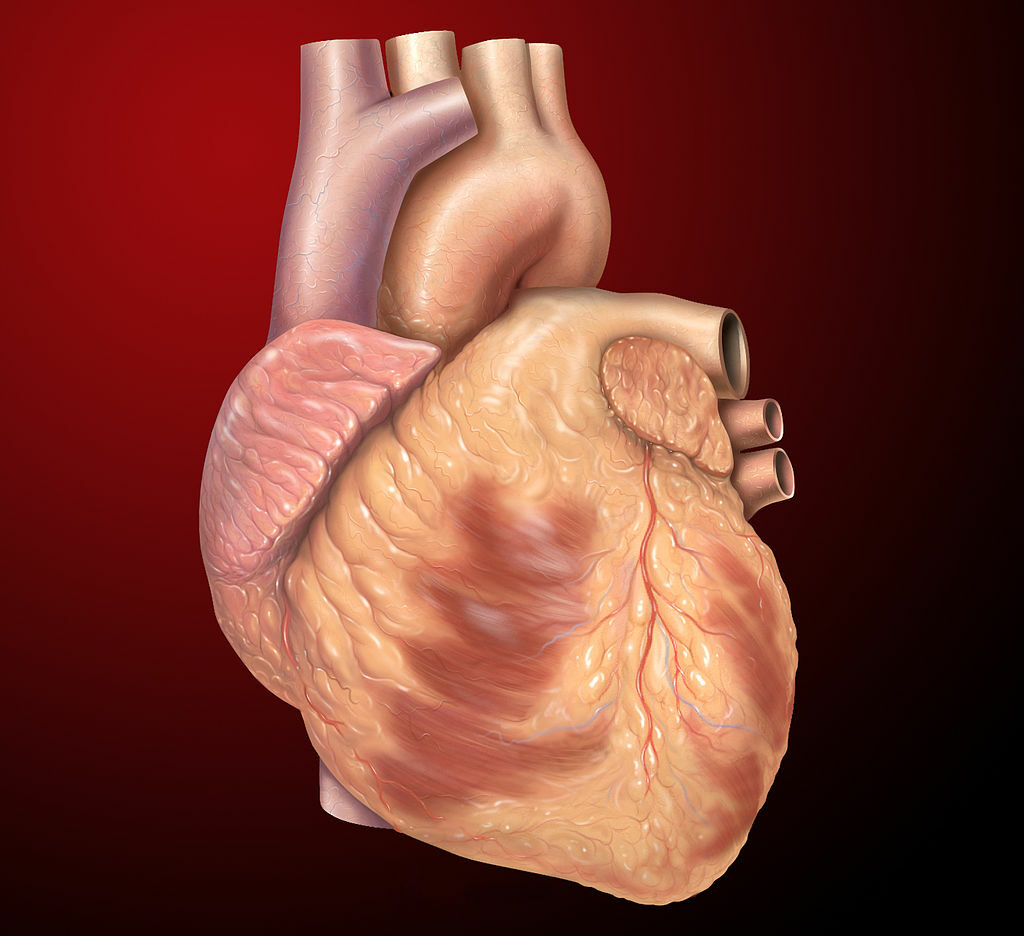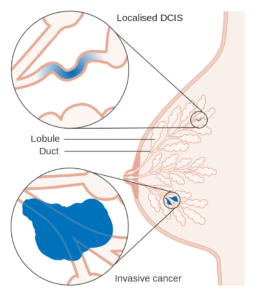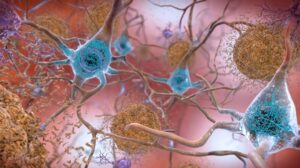Israeli Scientists Print 3D-Heart With Human Tissue

Heart normal anterior exterior anatomy
By Subhra Adhikari from Neucrad Health India May 2, 2019
In a breakthrough in Medical Science, Researchers from the School of Molecular Cell Biology and Biotechnology, Tel Aviv University have been able to 3D-Print human heart by using organic tissue from the patient. This phenomenal achievement may completely obviate the necessity of organ donation in future. It is a matter of great pride for the associates of Tel Aviv University as, before this, scientists were able to 3D-Print only simple cells and tissues without any blood capillaries. Prof. Tal Dvir, the Principal Scientist of the team of the School of Molecular Cell Biology and Biotechnology, called for a press conference on 15th April 2019 and revealed that within a decade 3D-printed human hearts would be available in hospitals for critically ill patients. The team also published their findings in a paper in Advanced Science.
How is the structure of the 3D-Printed Heart in Tel Aviv University?
Researchers in Tel Aviv University took about three hours to print the 2.5 centimetres long human heart made from an ink prepared from the patient’s own biological materials. Research scholars harvested fatty tissue from a patient and then segregated it into cellular and non-cellular parts. After this, the researchers ‘reprogrammed’ the cells to act as ‘stem cells’ and converted them into heart cells. They used the non-cellular part of the extracted tissue by transforming it into a gel. It served as the ink for the 3D-Heart printing. Though the developed heart is the size of a rabbit’s heart, it has all the blood vessels, auricles, and ventricles intact. Since these organs are 100 per cent bio-compatible and match the patient, there would be fewer chances of it getting rejected by the body.
How would the 3D-Printed Heart start working?
The grape-sized heart produced by the scientists of the School of Molecular Cell Biology and Biotechnology is still not ready to pump blood to the organs on its own. The researchers would mature it in the laboratory with highly advanced mechanical and biochemical procedures before introducing it to the organic system. At first, they would present it to a bioreactor where electrical and mechanical signals will work on the 3D-printed heart to coax its cells to contract synchronously. It is a very delicate process and can take up to one month before arriving at the expected result.
The scientists would also have to figure out a technique which would lead to the production of bigger-sized cells in bulk quantity for the production of human-sized heart. In the beginning, it would be laboratory-tested on animals for circulating blood to all the systems. After successful trials for a sufficient number of times, it would get introduced to the human body. So, in the present scenario, the scientific community still need to wait for some more time for the clinical trial of 3D-printed heart on the human system.
What is the reaction of other members of the scientific community about the 3D-Printed Heart?
All members of the scientific community are not welcoming the move of the 3D-printing human heart. The experts are looking into the ethical implications of this technology and are worried whether it would widen the gap between rich and poor. They also remain concerned whether it would lead to the development of superhuman hearts or organs with specific mutations. Robby Berman, director of the Halachic Organ Donor Society, expressed his worries regarding the need of organ donation in Israel to the reporters of The Times of Israel. He felt, with the creation of 3D-printed organs, people may feel it is no longer required to donate organs. Though artificial heart can save lives in place of human organs, it still needs much study and trials. In the mean, while there would be a shortage of organs in the hospitals as only 16 percent of Israelis have given their approval for organ donation till now.
So, right now, we should keep our fingers crossed and wait for the clinical trials of the 3D-printed human heart so that in future it may be used to save lives.
Image: Illustration purpose only, credited to Patrick J. Lynch, medical illustrator, CC









